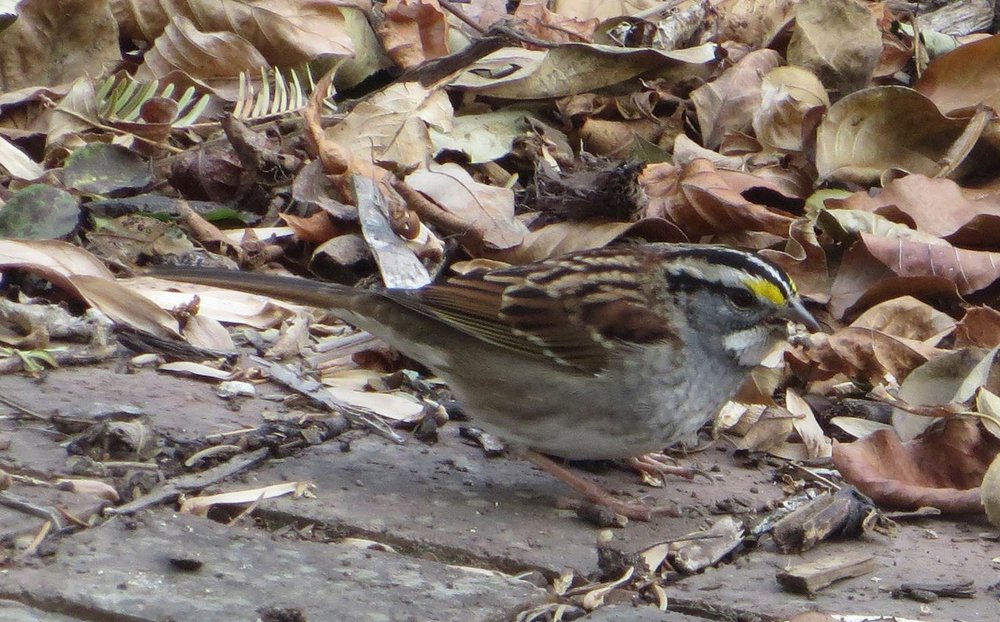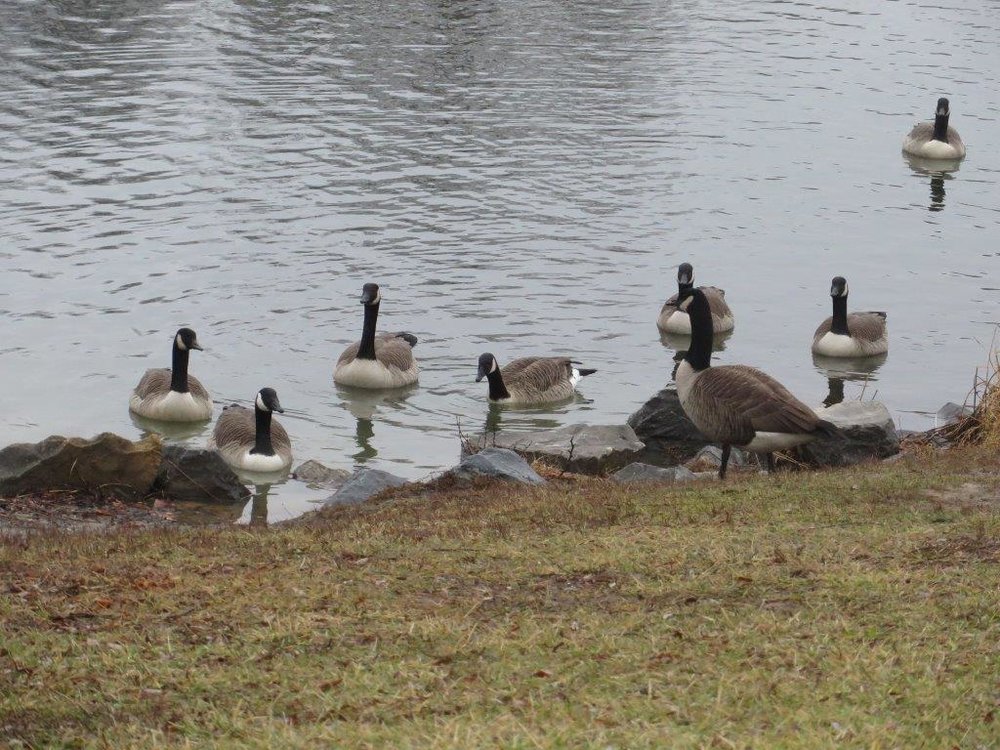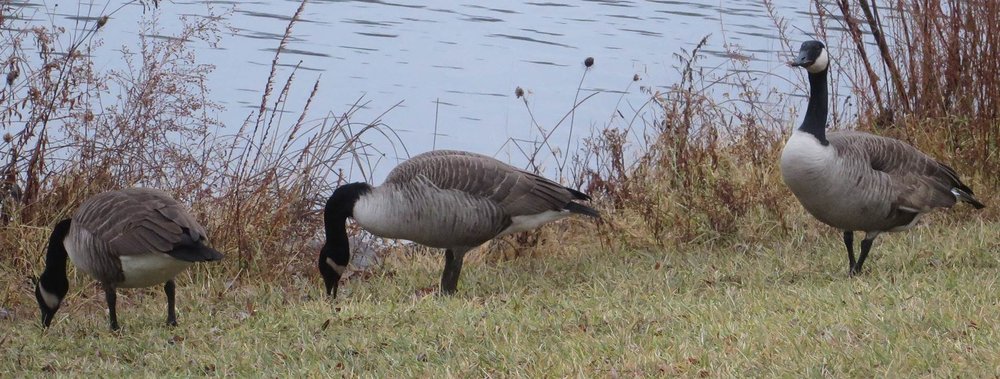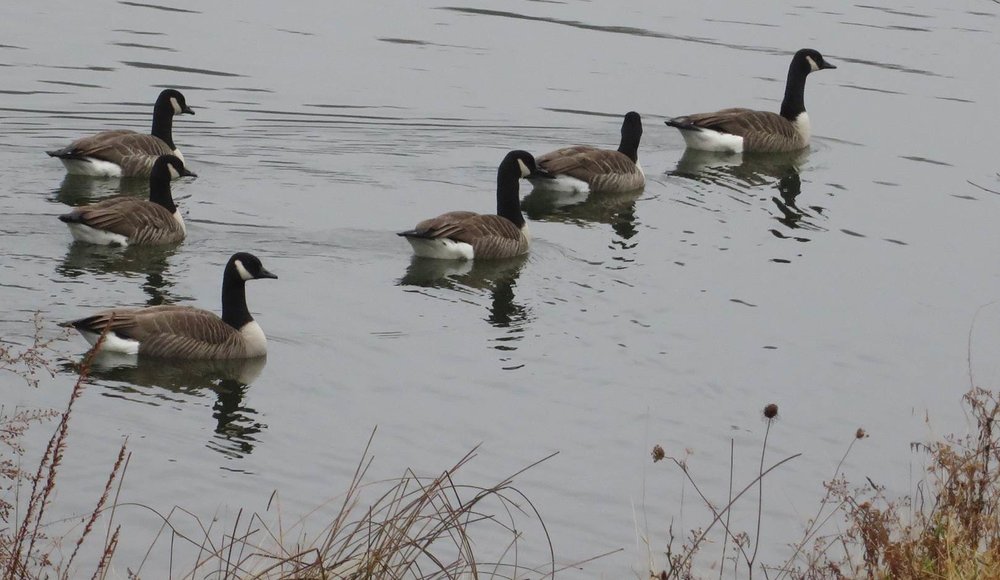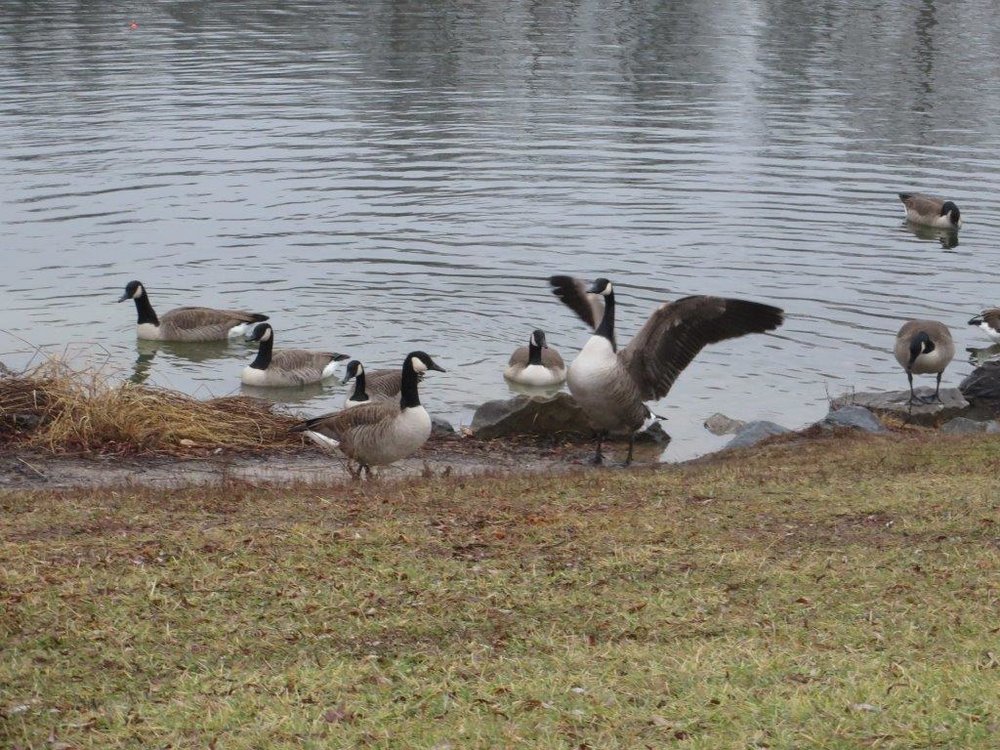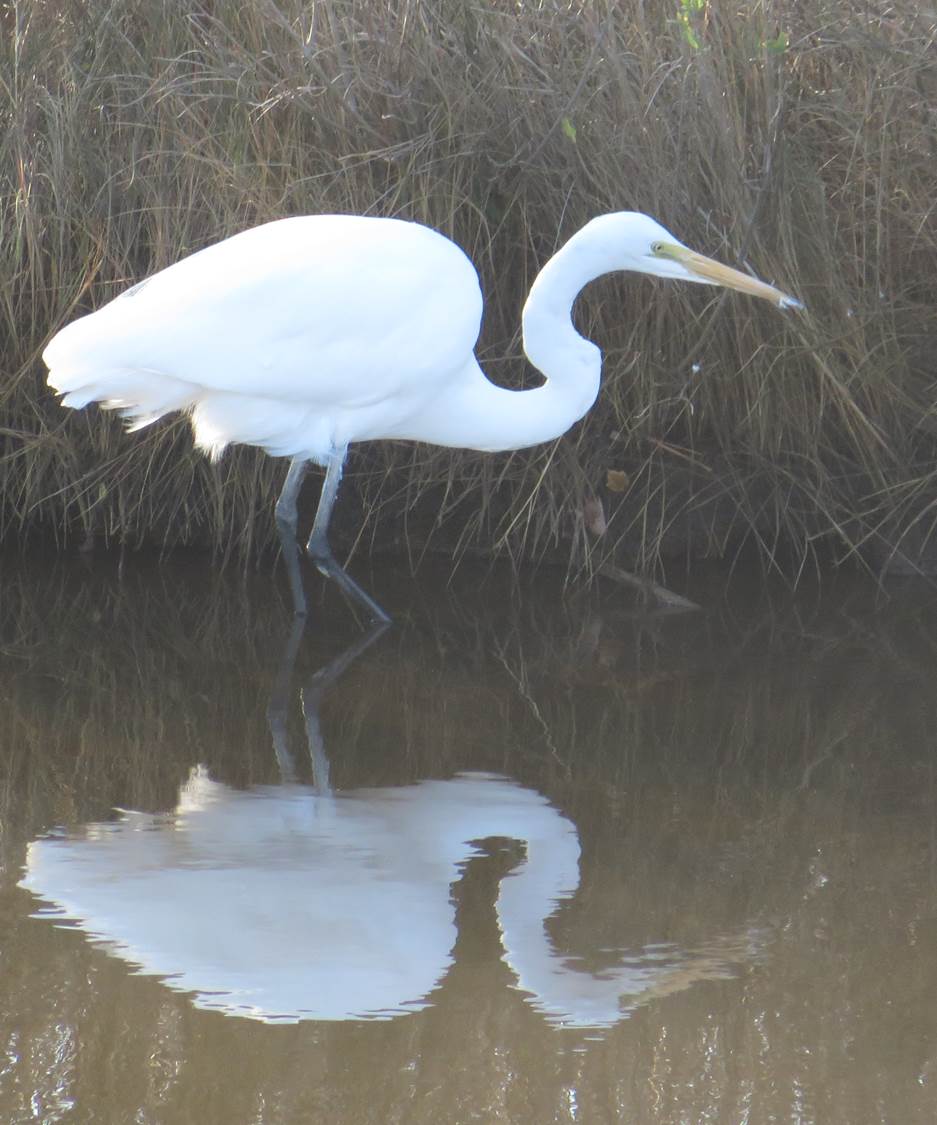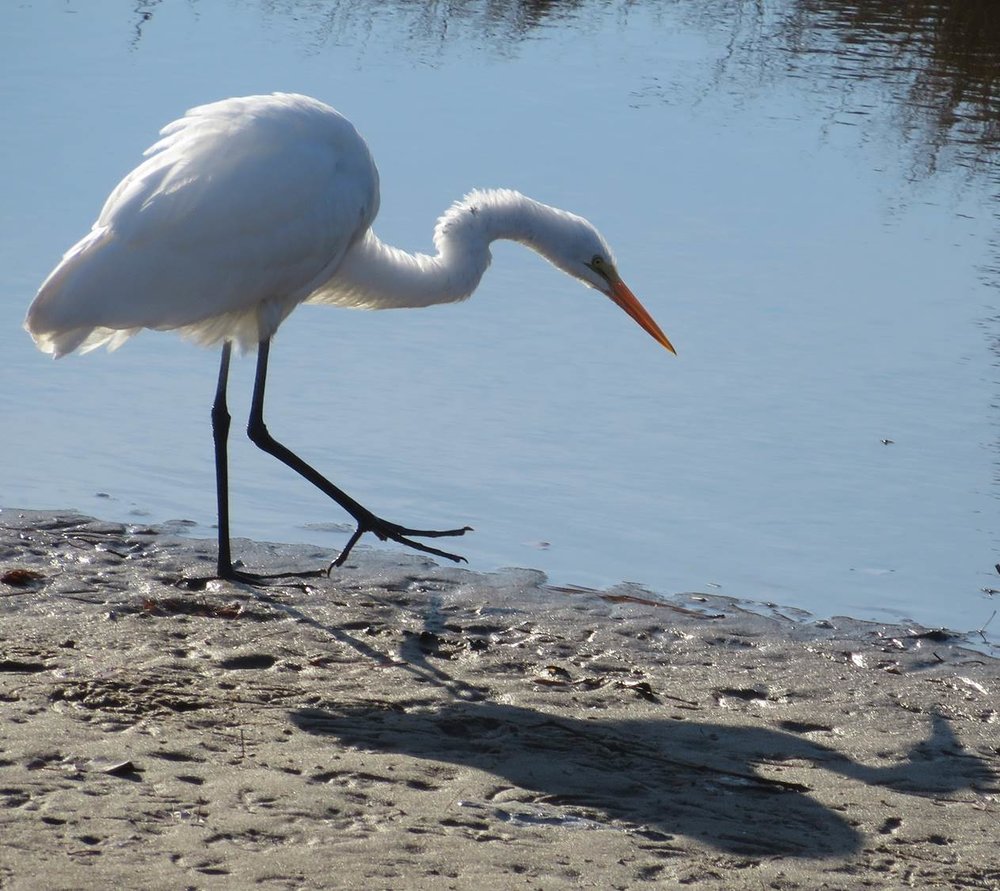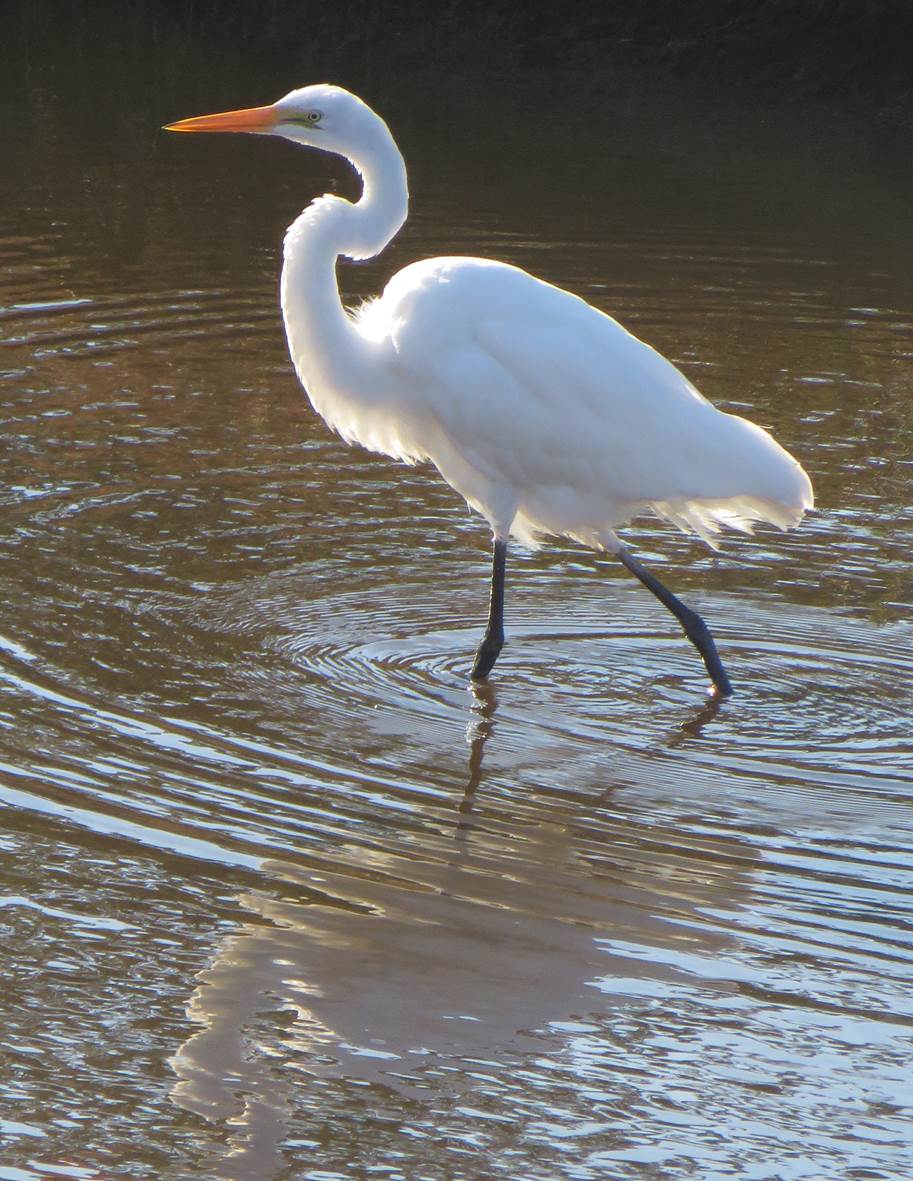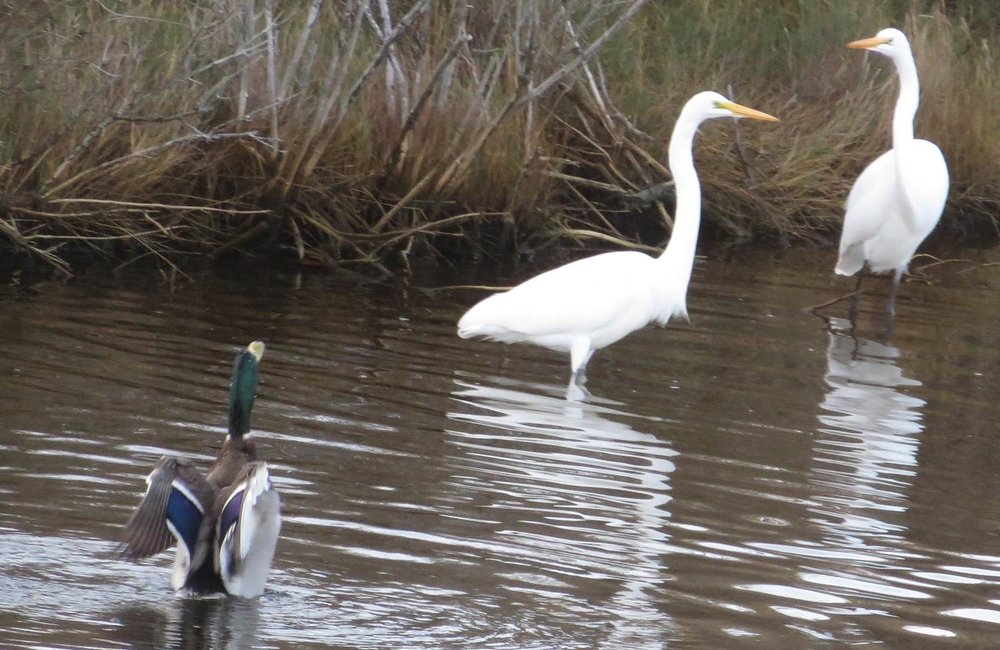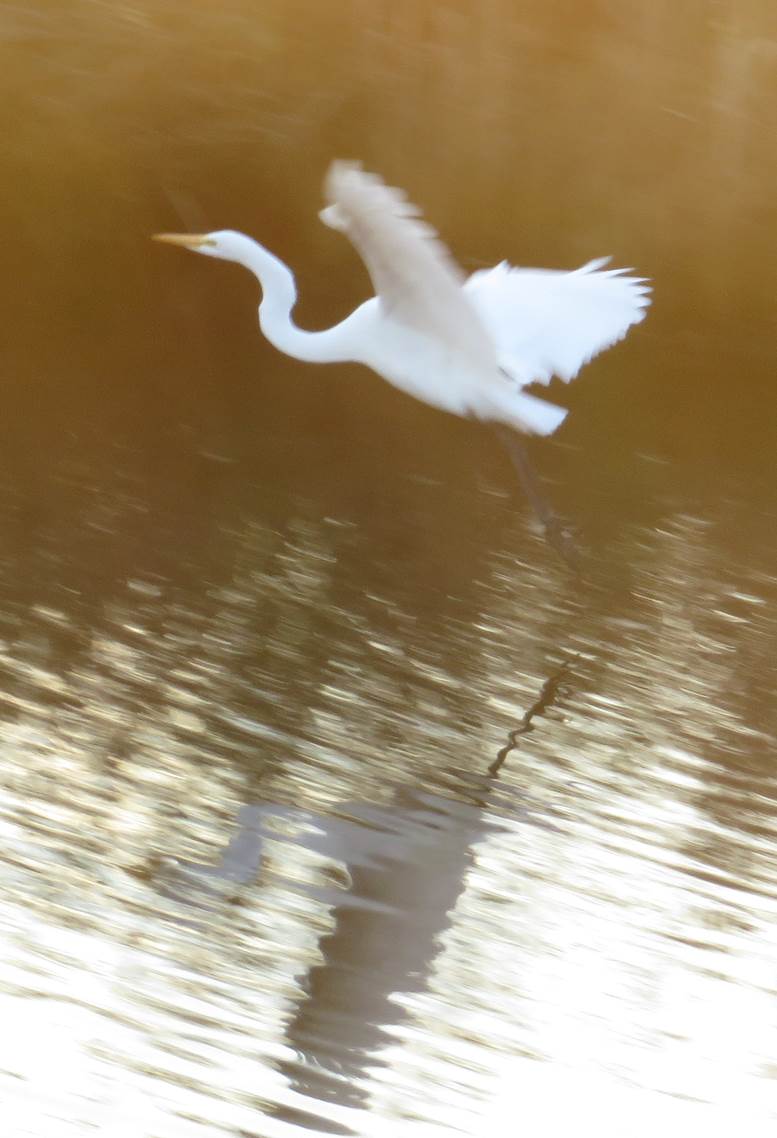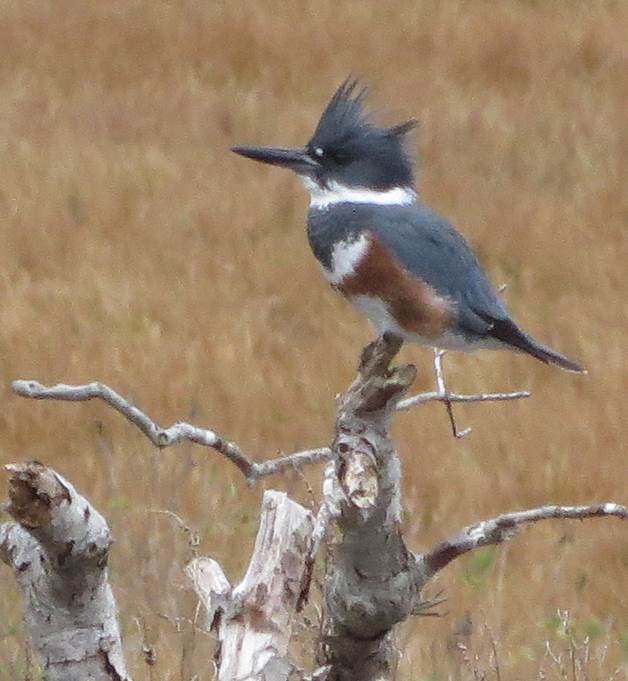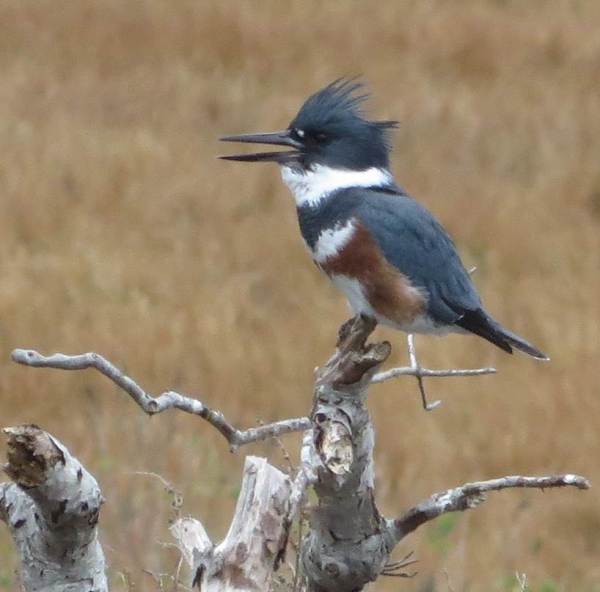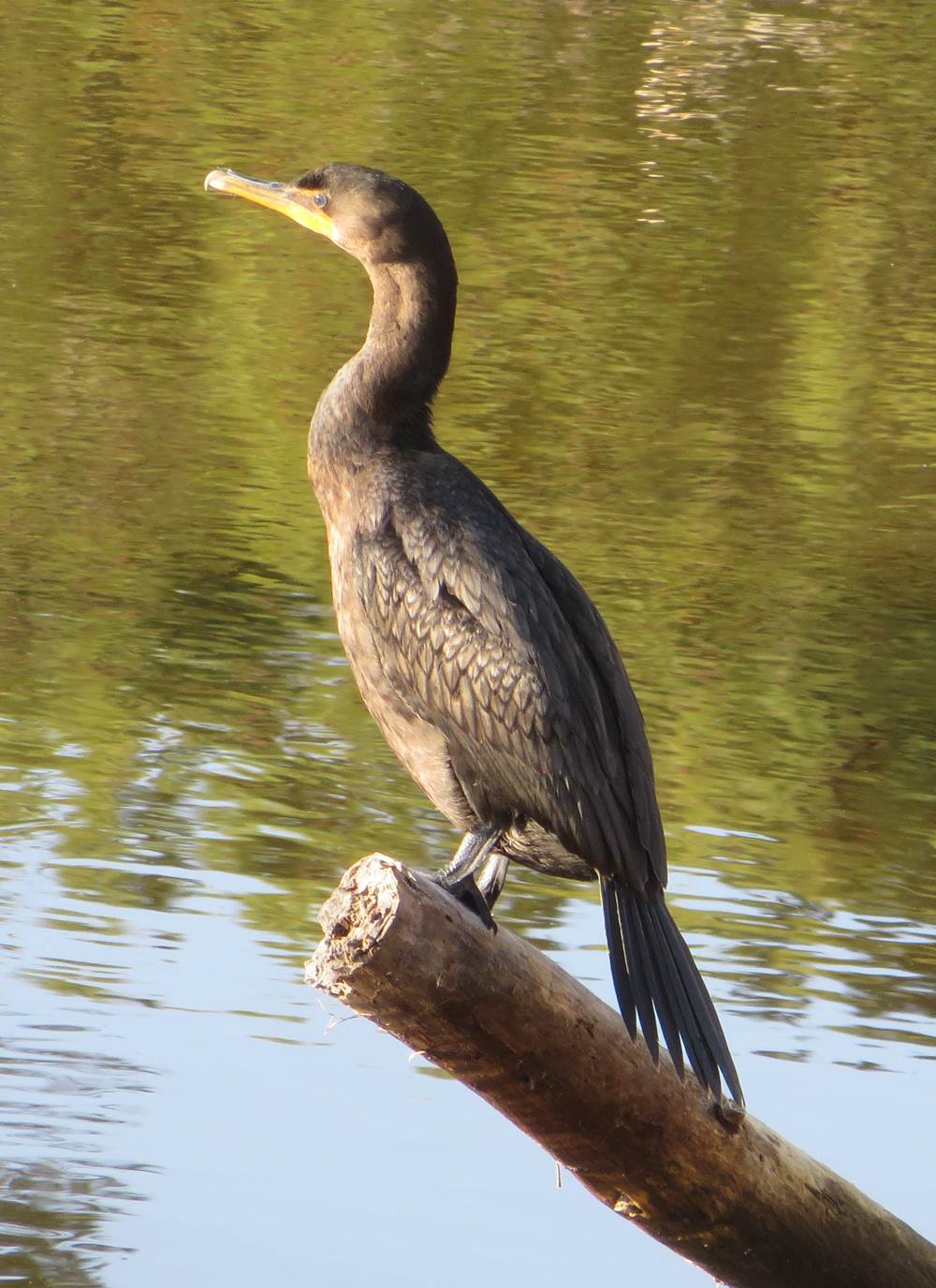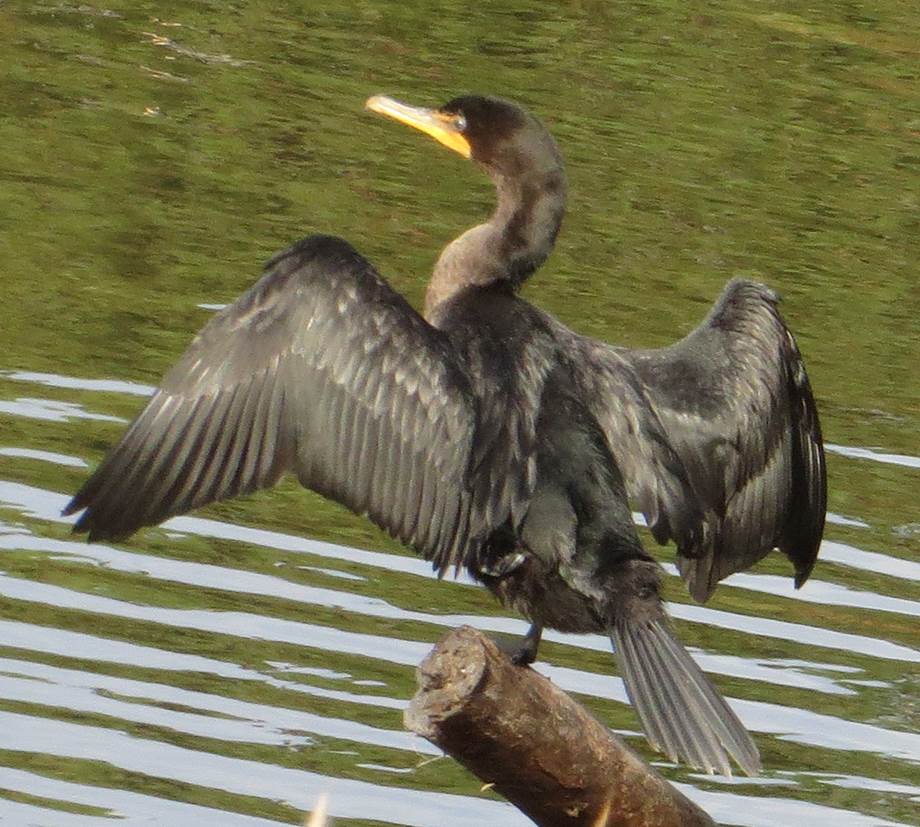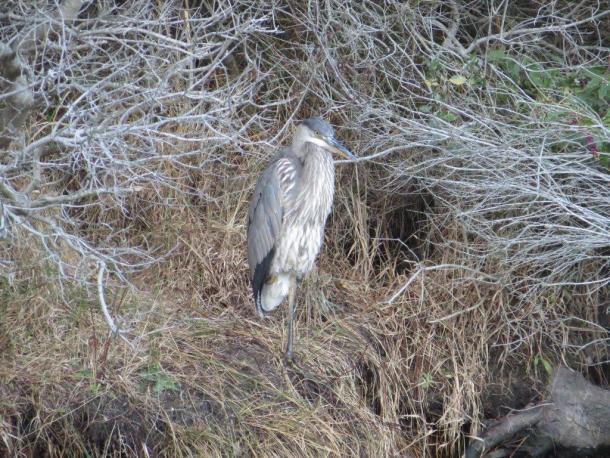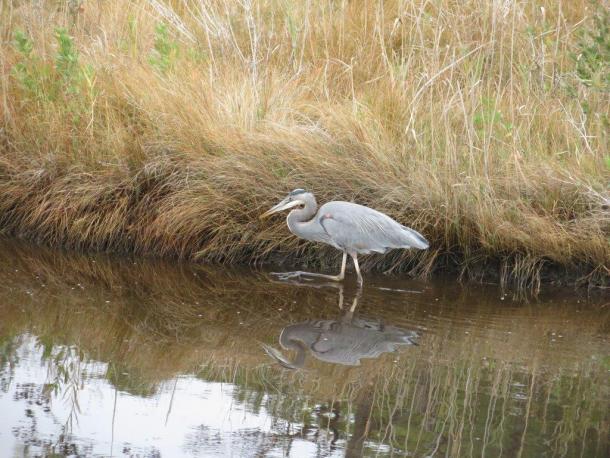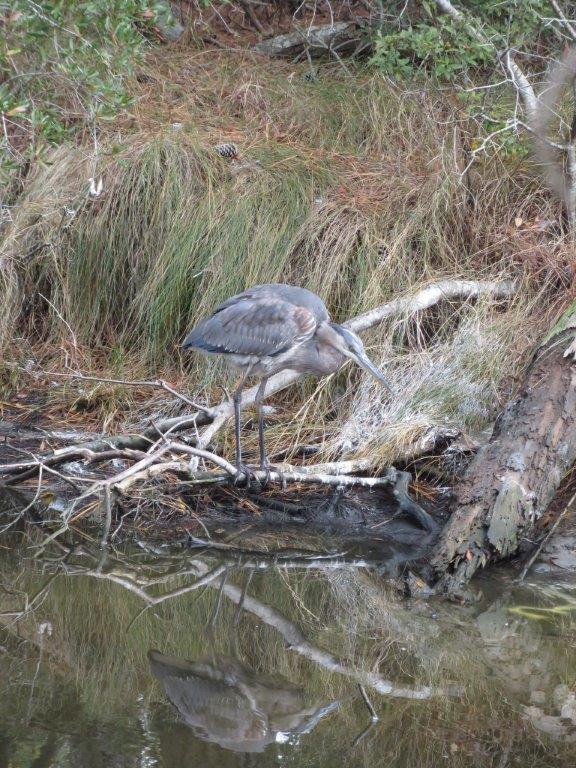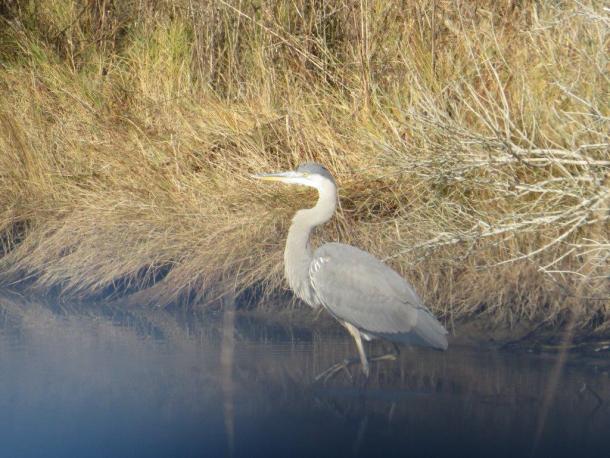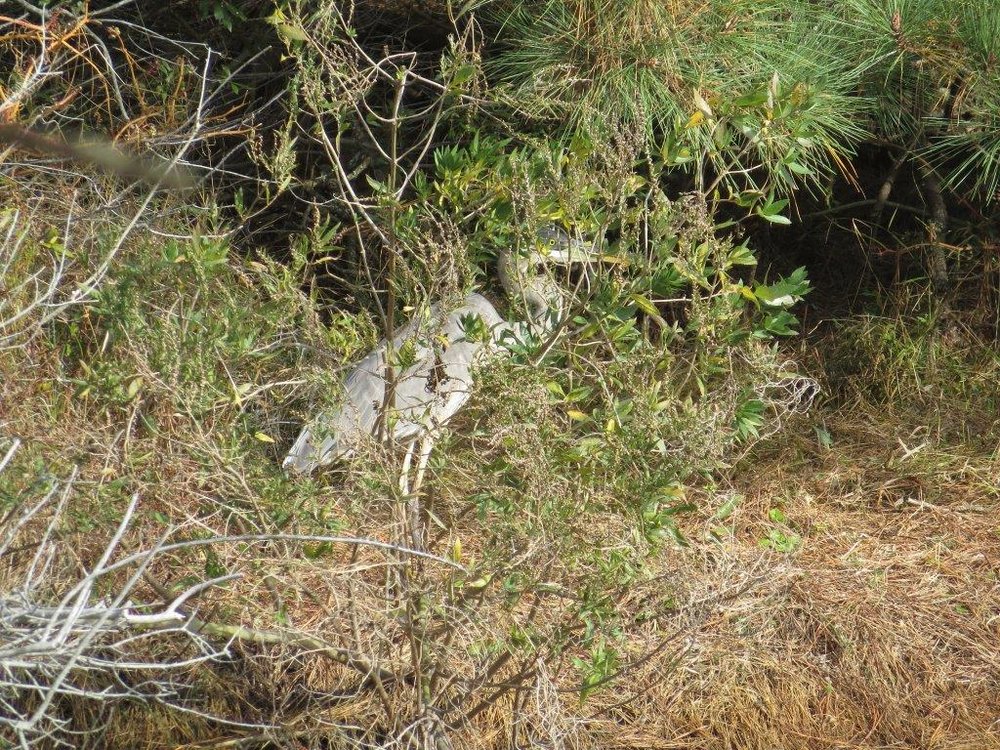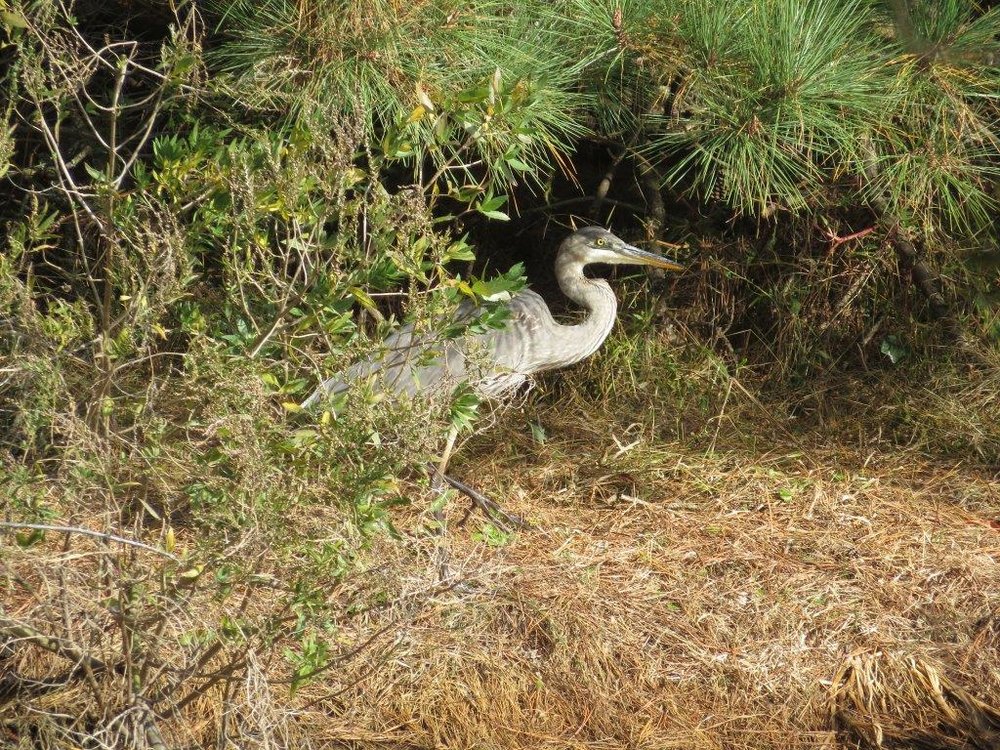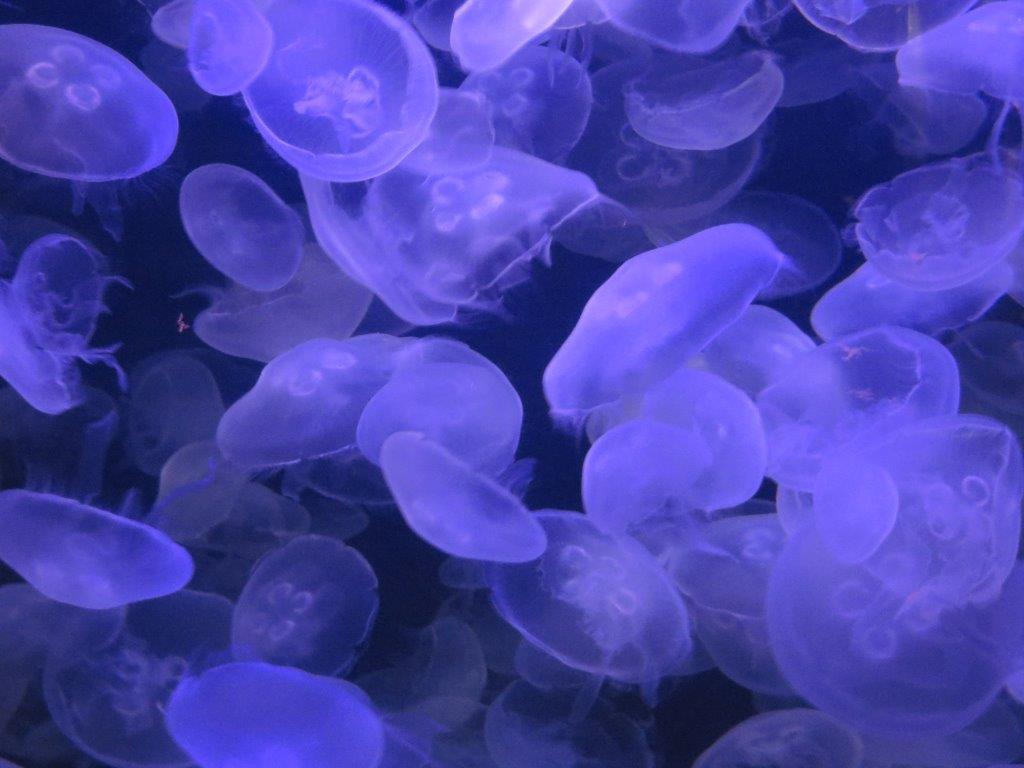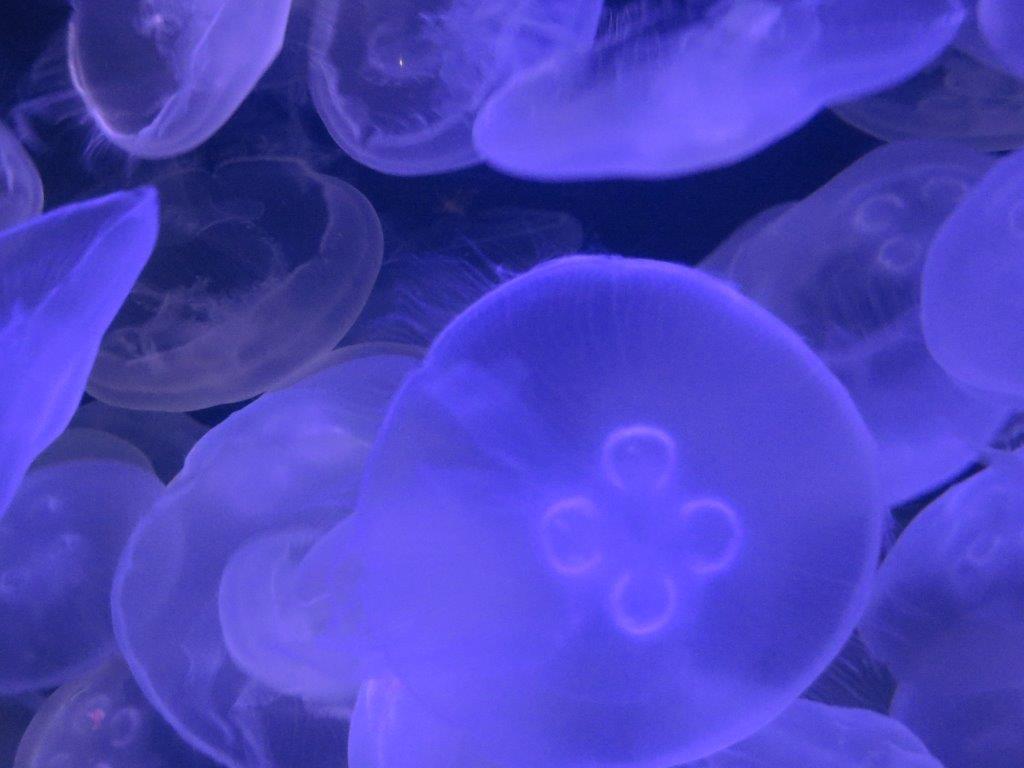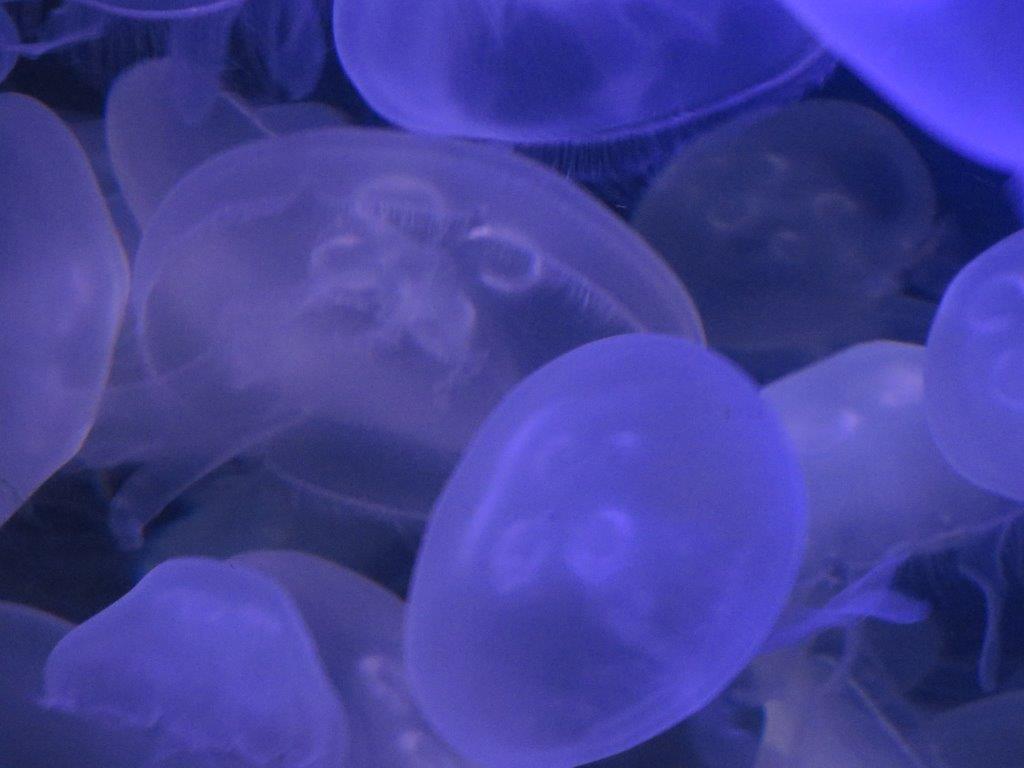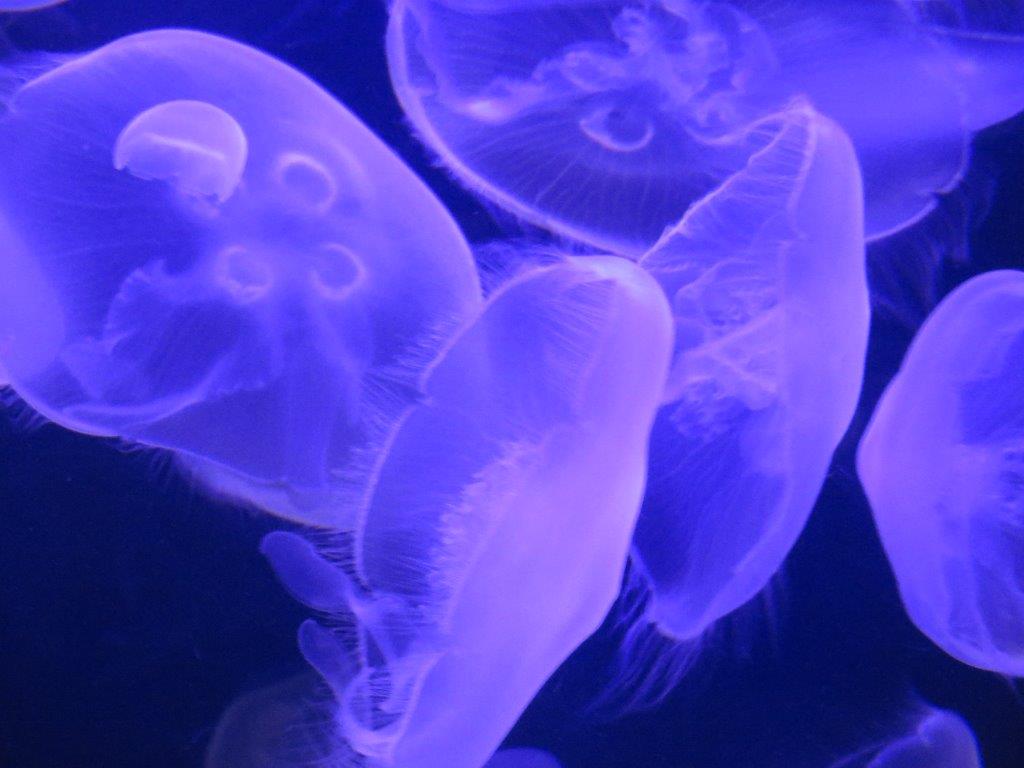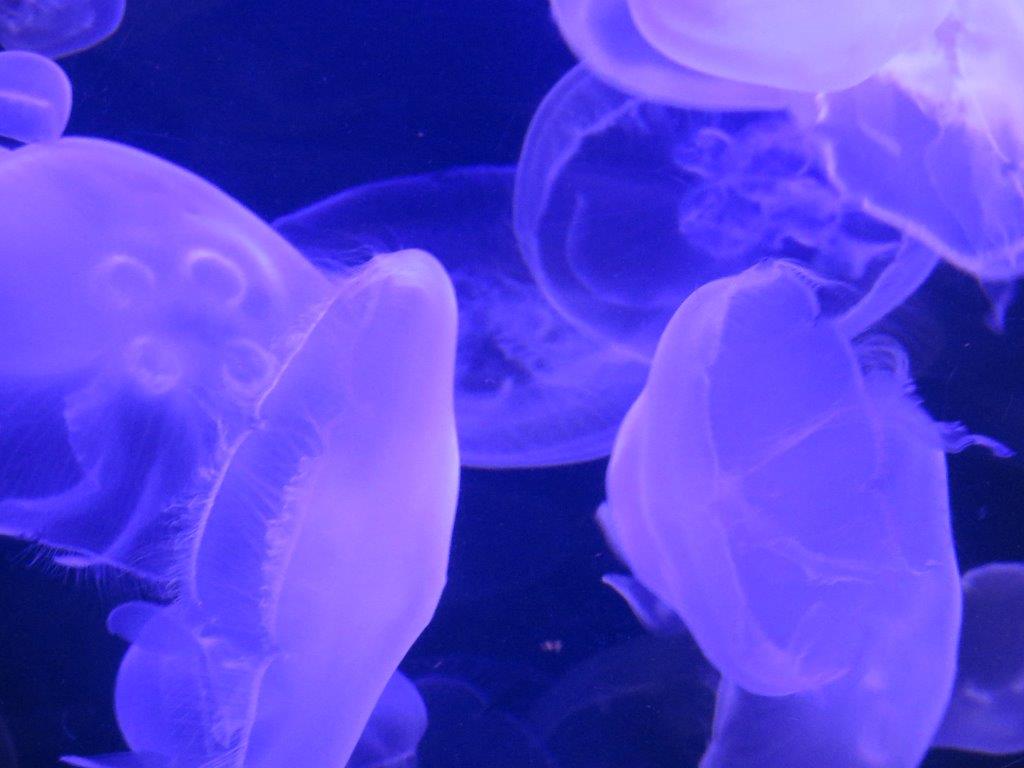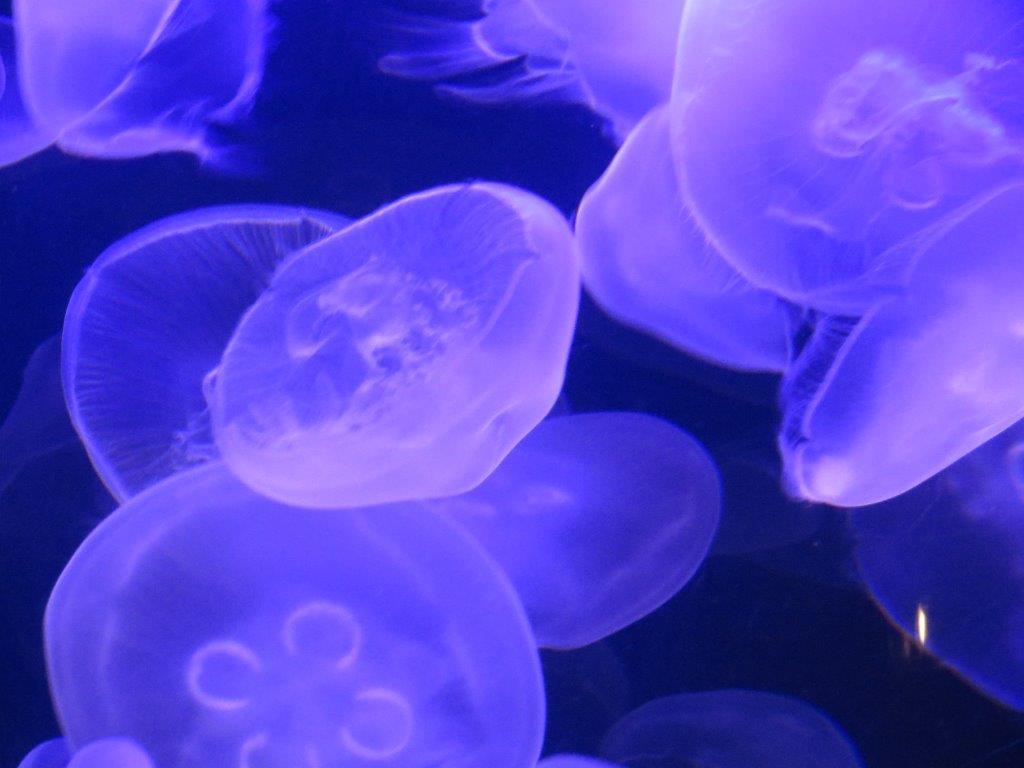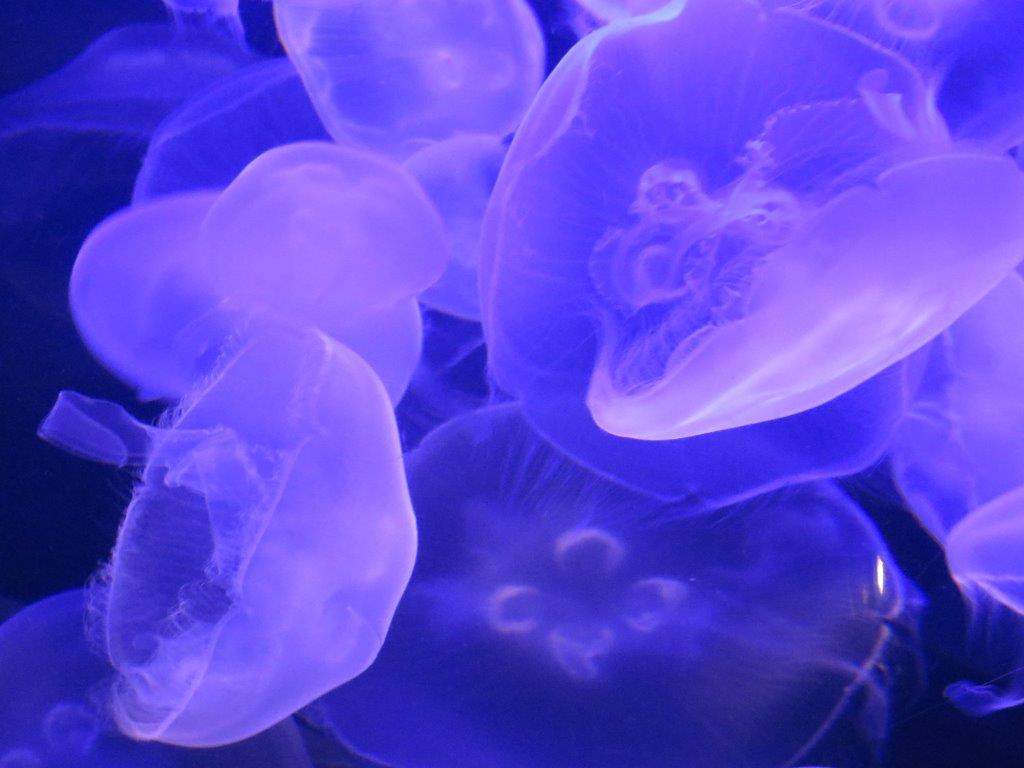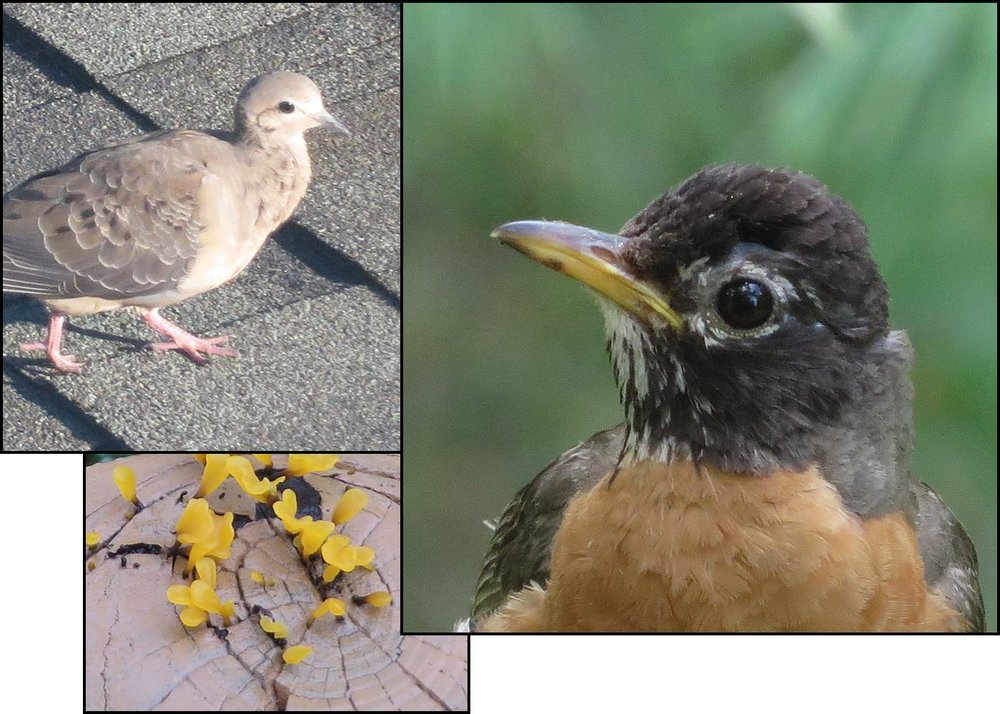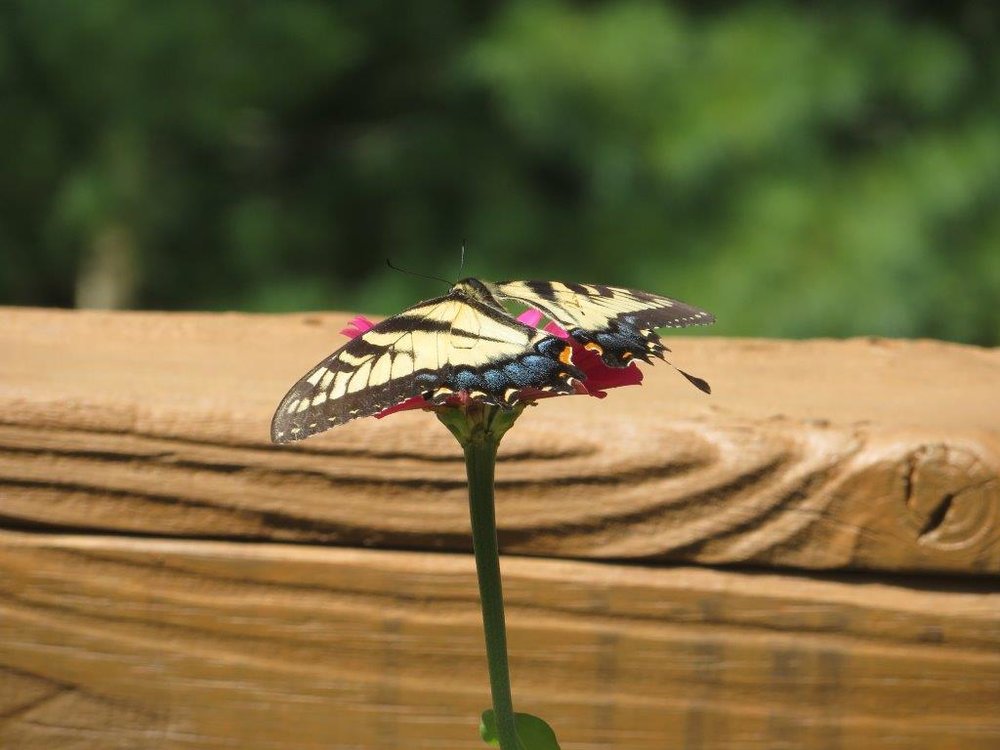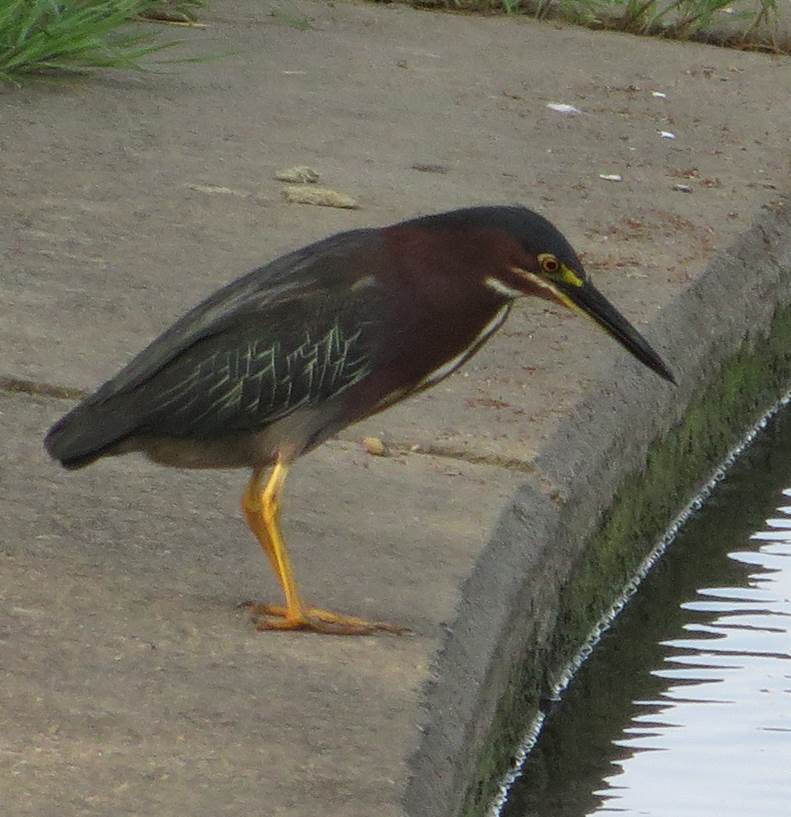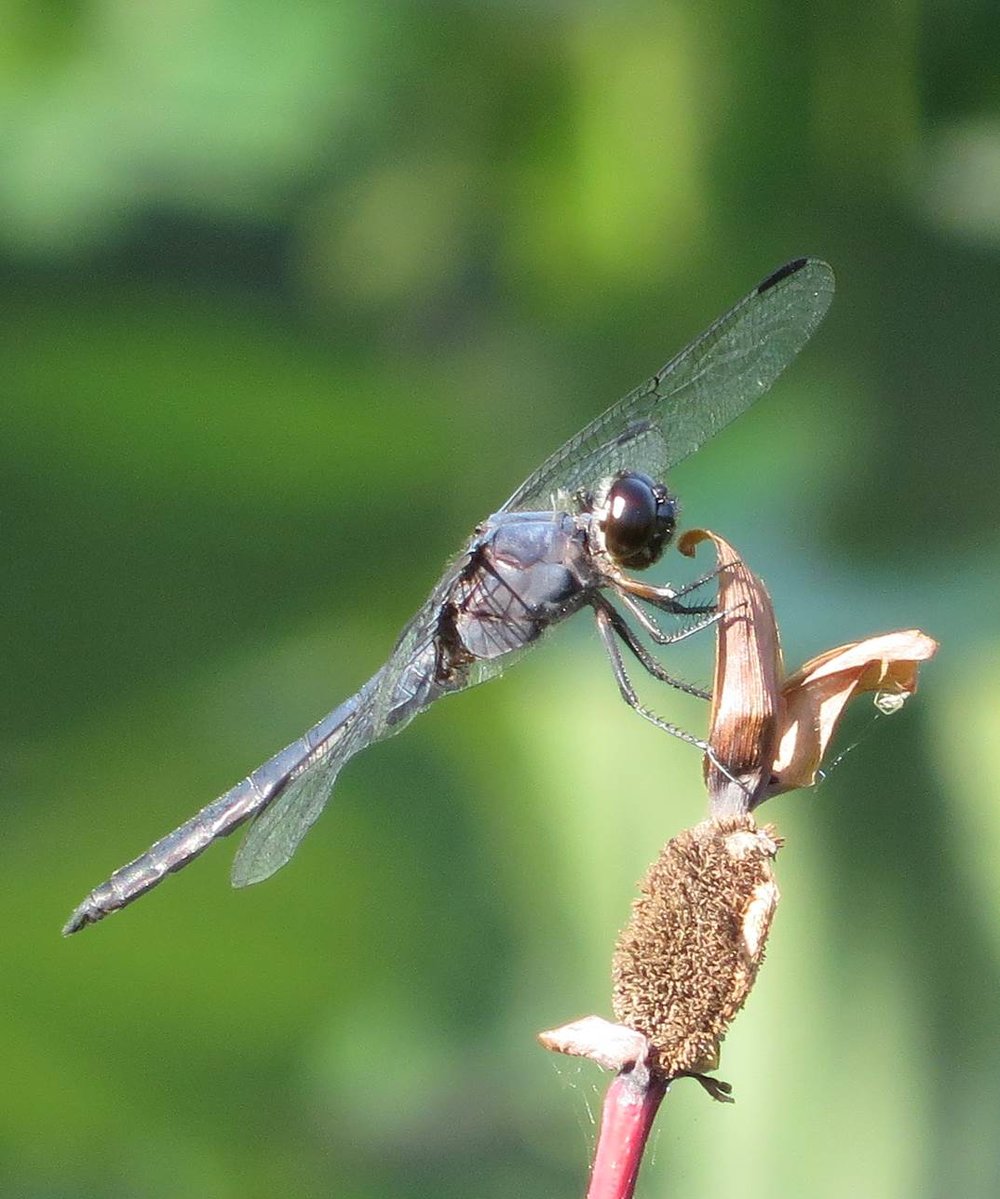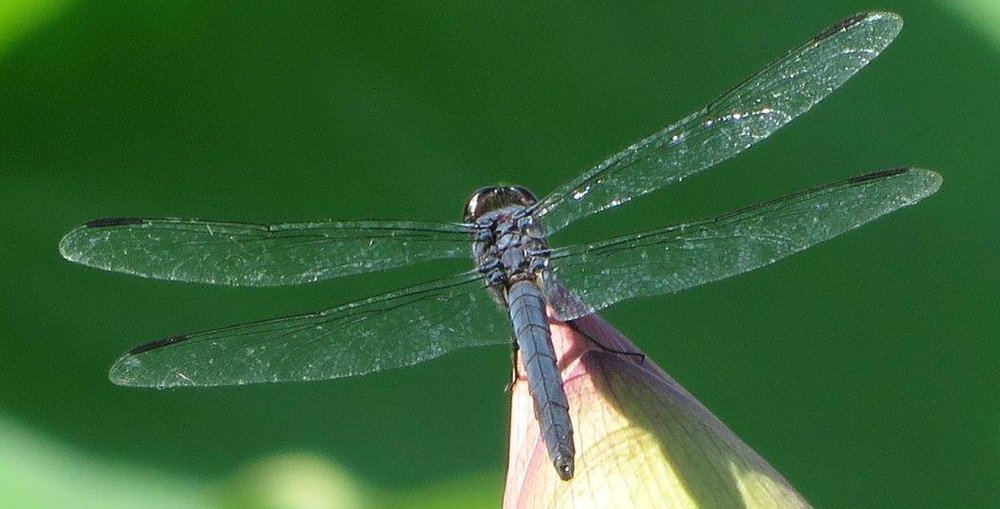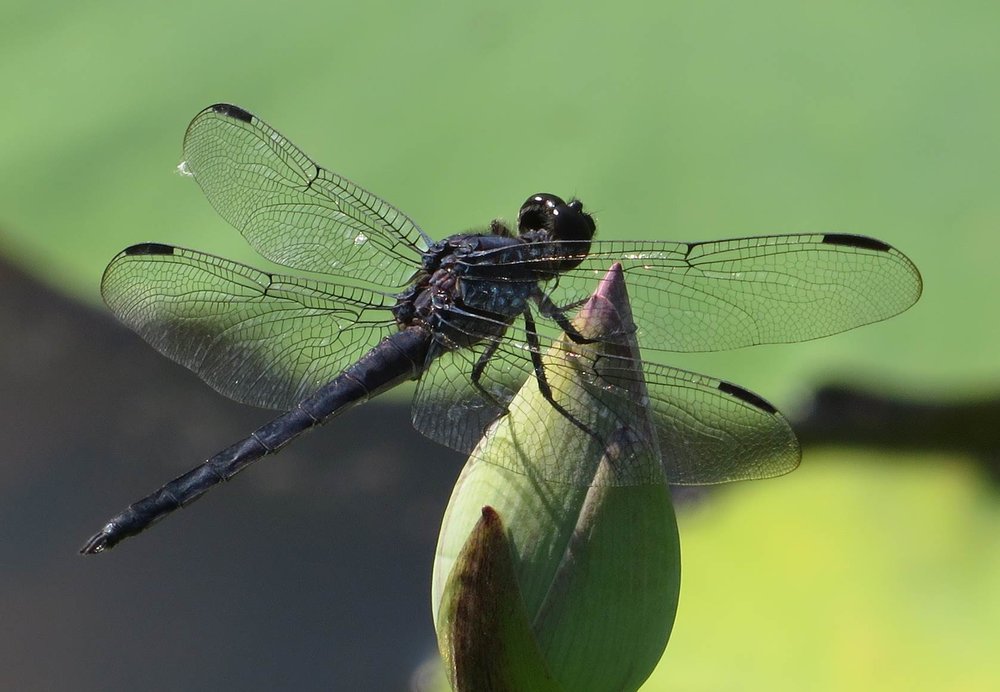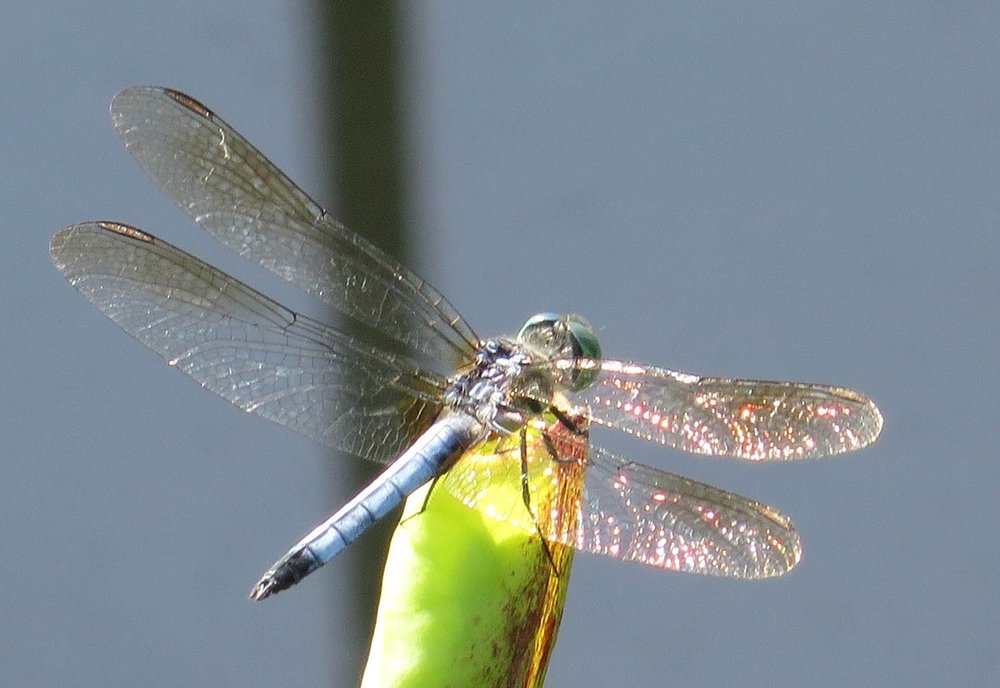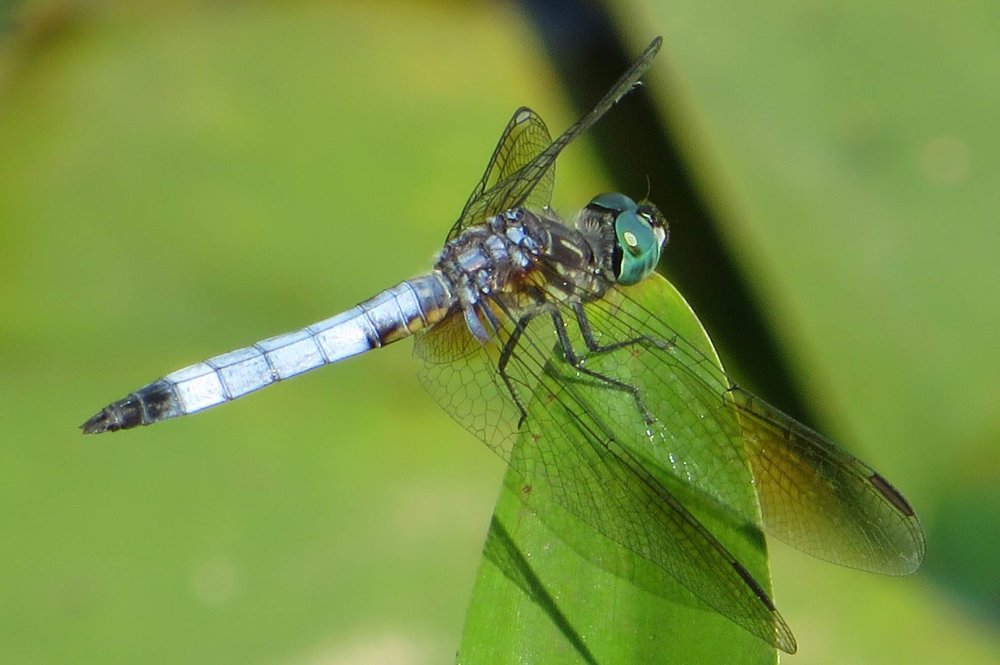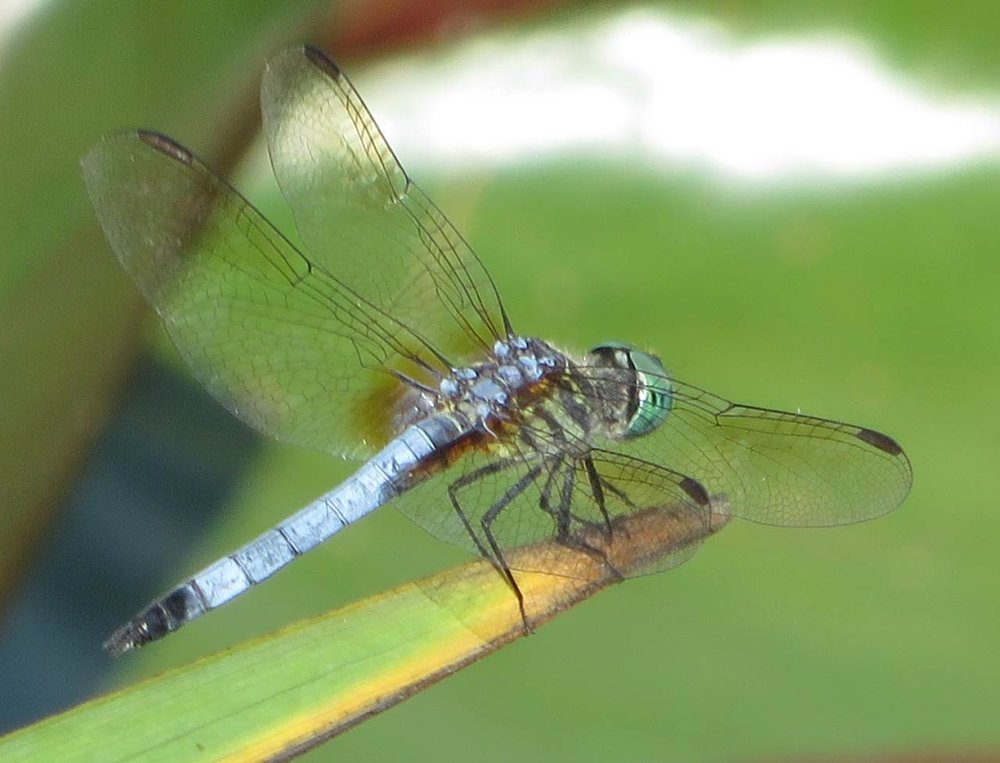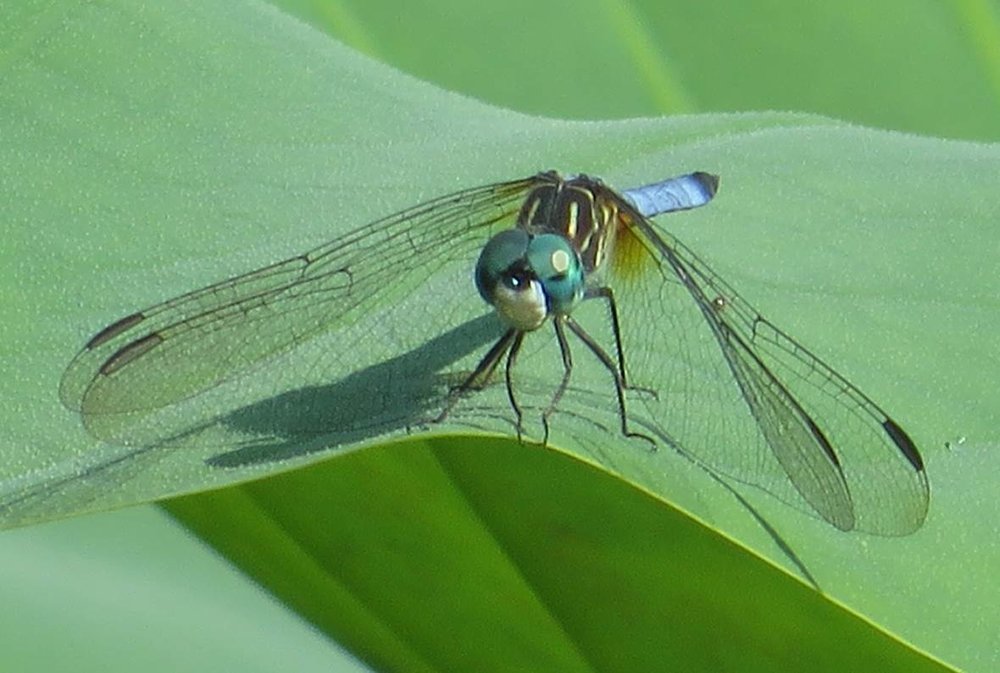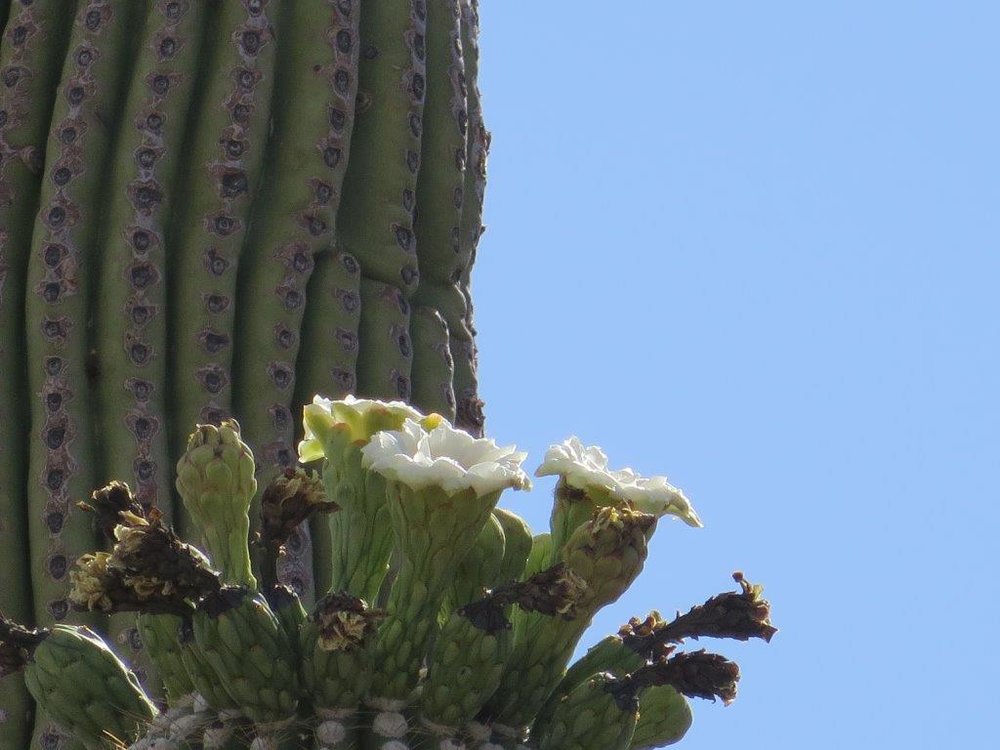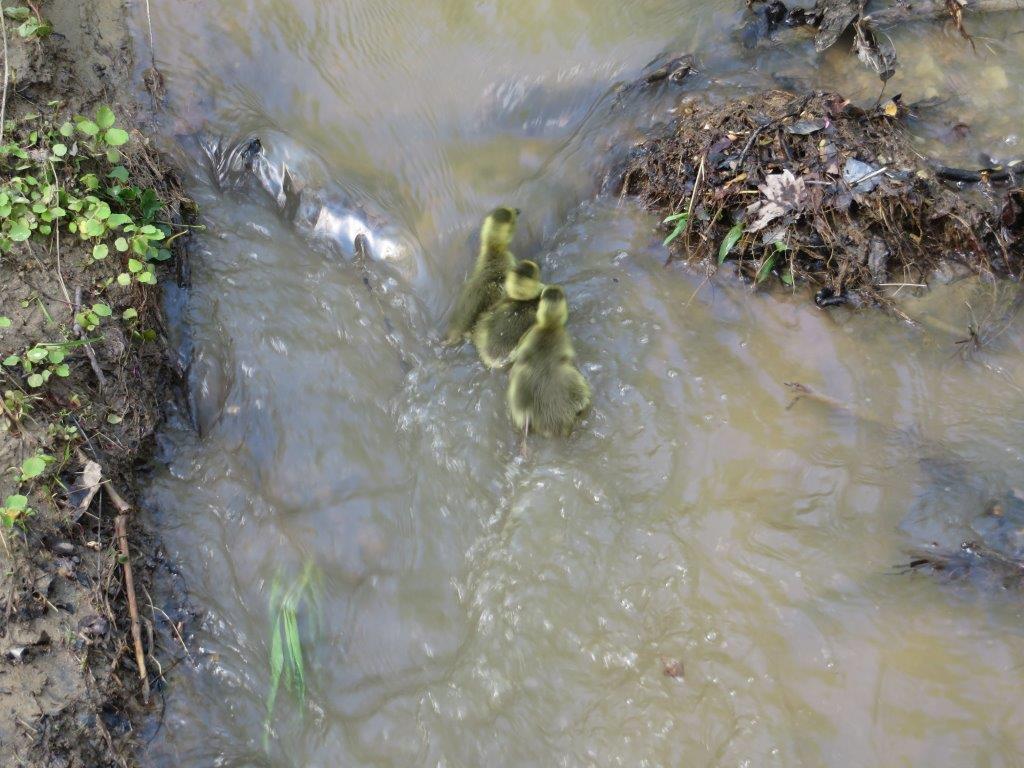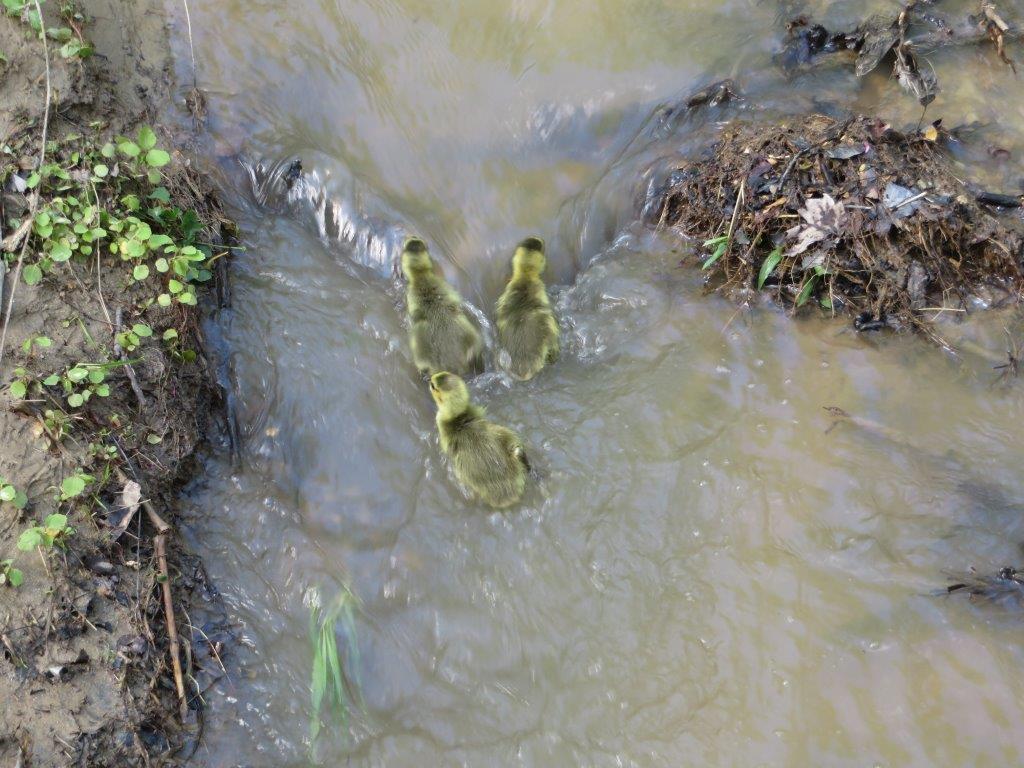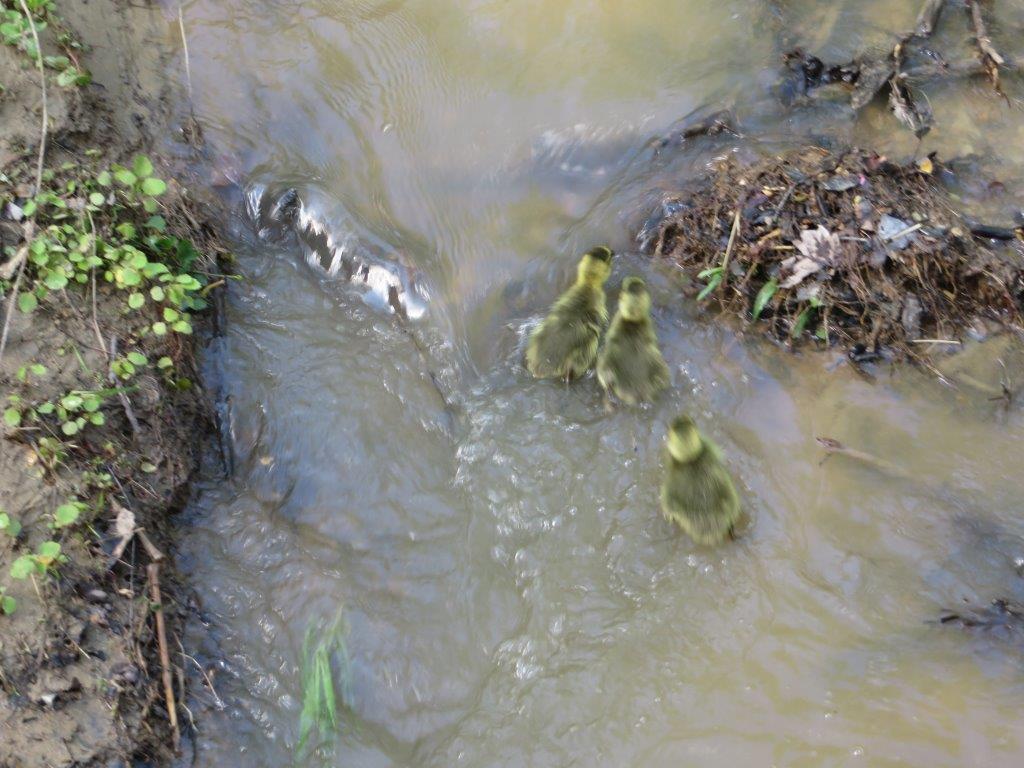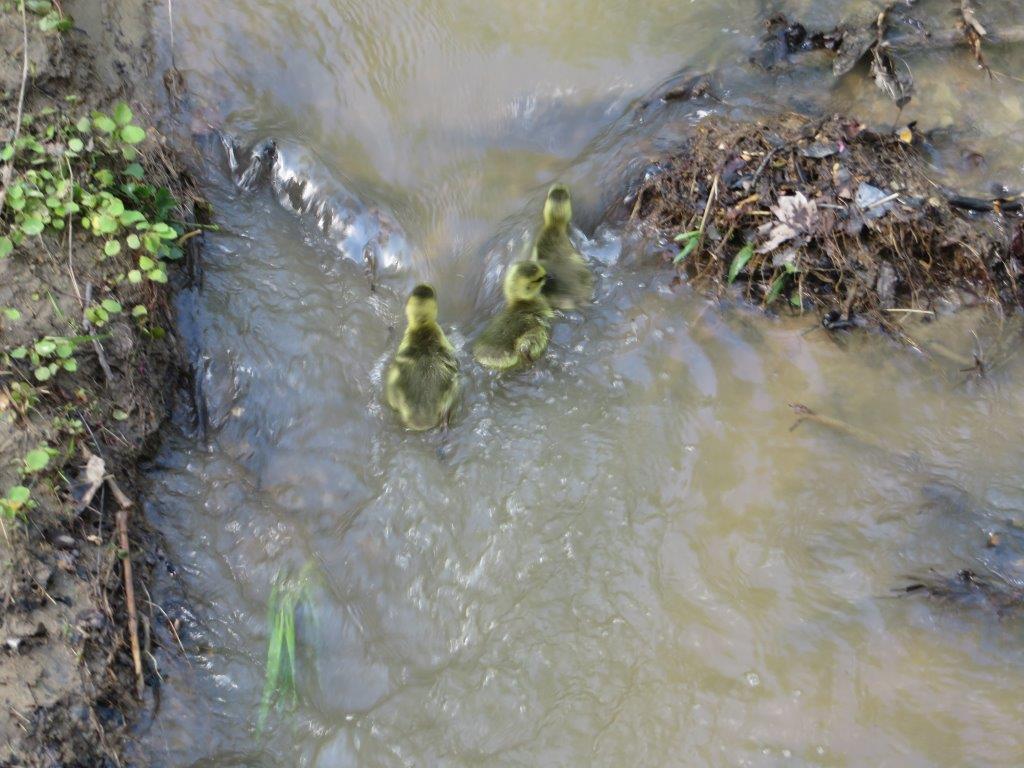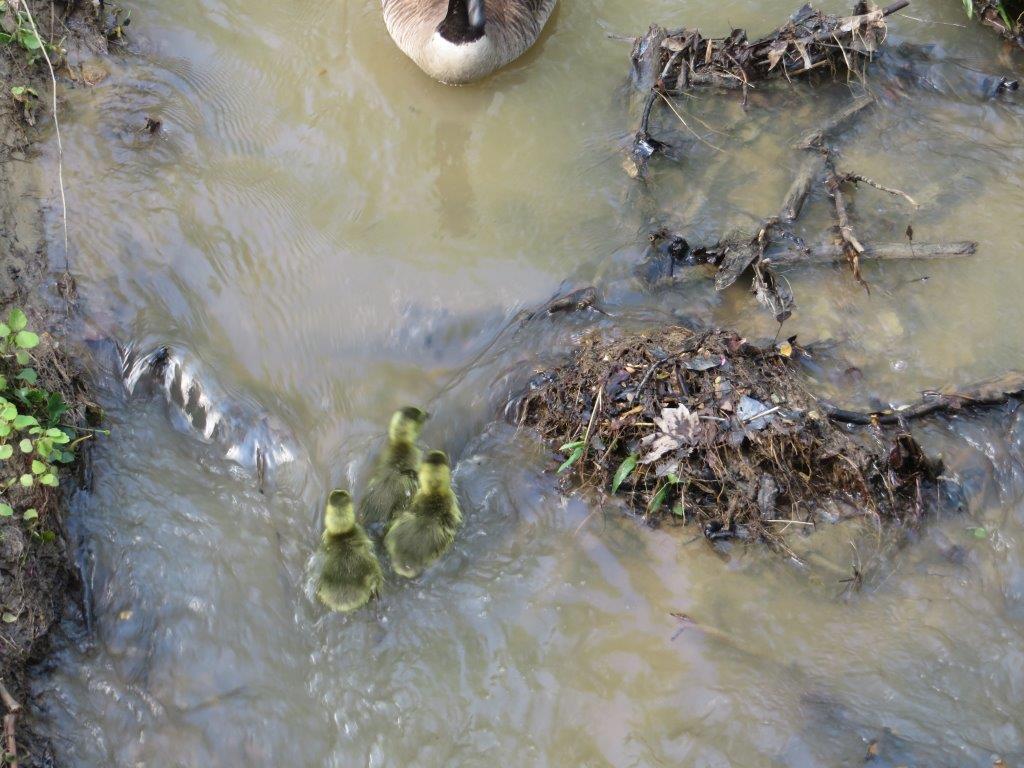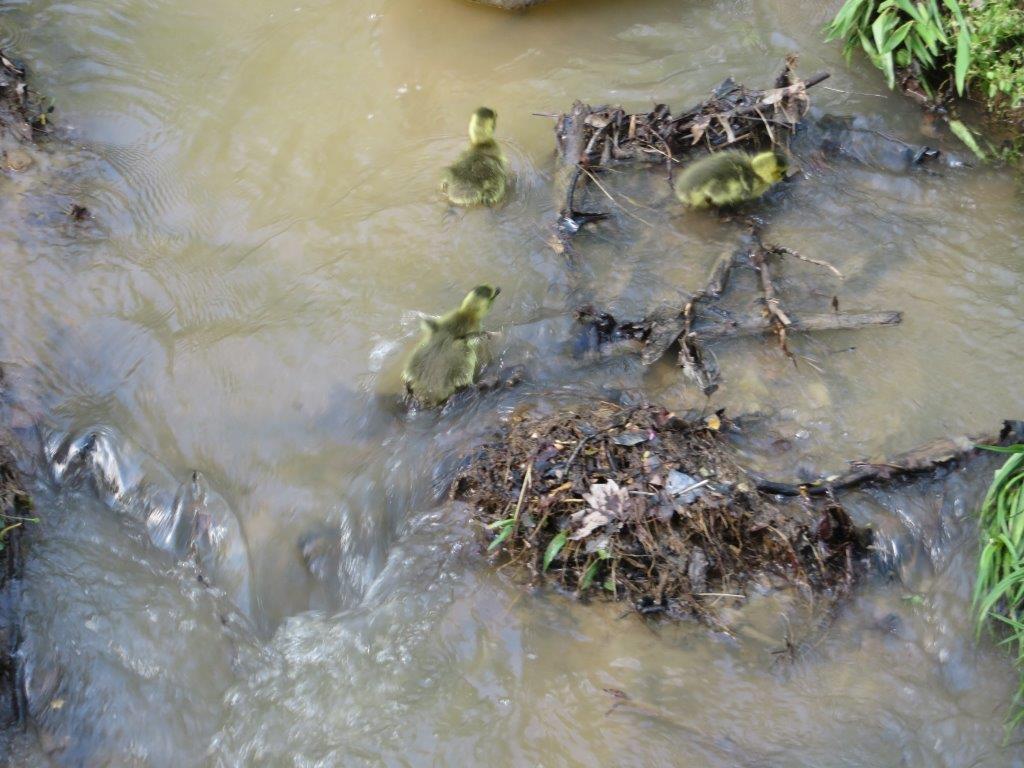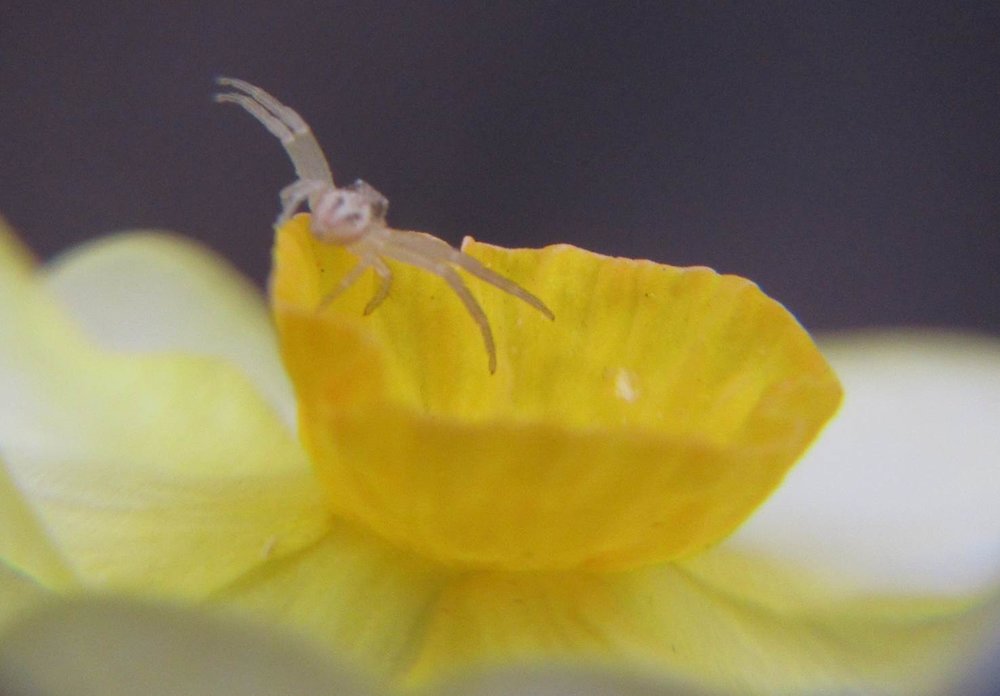Gleanings of the Week Ending December 27, 2014
/The items below were ‘the cream’ of the articles and websites I found this past week. Click on the light green text to look at the article.
How the Ancient Romans Made Better Concrete Than We Do Now - Article include the ‘how’ plus some information about how the scientists worked out the details. Roman concrete is ‘better’ in terms of durability and its production releases a lot less carbon into the atmosphere.
The Greenland Ice Sheet: Now in HD - The article is a story from Ohio State University. Some of the imagery is available here.
Top 25 Wild Bird Photographs of the Week #74 - As usual - I can’t resist looking through these collections of bird pictures.
The Complete History of Earth in One Tidy Infographic - As usual for infographics…lots of data packed into one page. It is worthwhile to read the text then expand the infographic to take a closer look. I am taking the Origins course so it was a nice coincidence that this graphic came out recently.
Top 10 Public Health Stories of 2014 - We are getting to the end of the year and a number of sites are compiling top stories. This one is about public health.
Over two hundred interesting new species in 2014 - We are still finding a lot of new species in the world - even while we know species are going extinct too. How will we ever know the magnitude of the extinctions when we don’t even know all the species on Earth?
 Mosaic Design Gets Assist from Robotics and Enterprise Software - I’ve always enjoyed mosaics and now it appears that robots are being used to create them. Will that make them less expensive (and thus more popular)? I hope we see more mosaics in public places - and in homes too. I’ve noticed several airports with mosaics (one of the newer terminals at DFW and Tucson).
Mosaic Design Gets Assist from Robotics and Enterprise Software - I’ve always enjoyed mosaics and now it appears that robots are being used to create them. Will that make them less expensive (and thus more popular)? I hope we see more mosaics in public places - and in homes too. I’ve noticed several airports with mosaics (one of the newer terminals at DFW and Tucson).
Photography in the National Parks: Looking Back On 2014 - So many good places to take pictures…
2014’s Big Advances in (Biological) Science - A list from The Scientist.
A Video Tour of Yellowstone National Park - A 5 minute video about the geysers of Yellowstone. It’s a reminder to go back to Yellowstone - soon.

